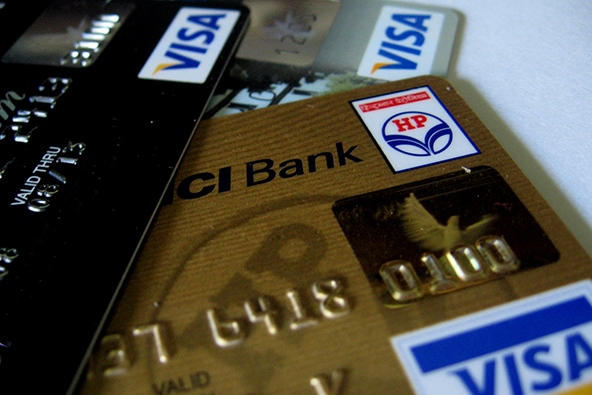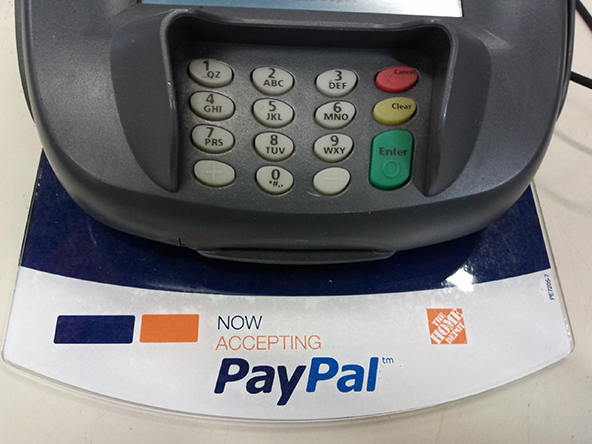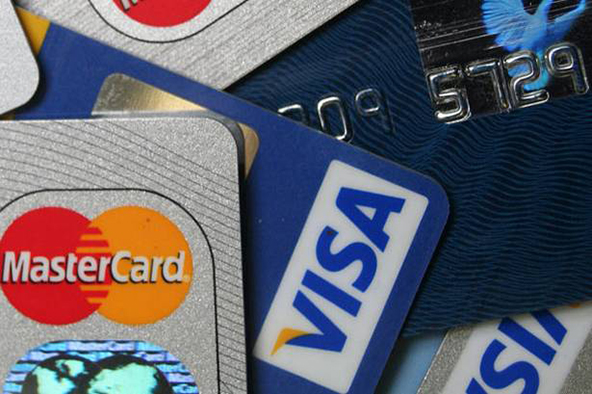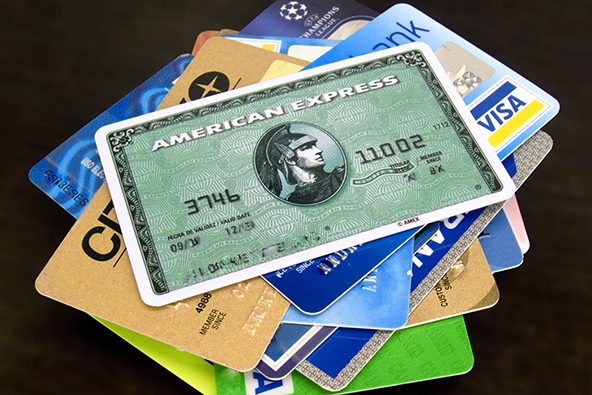Card Verification Procedures

Merchants are responsible for ensuring the validity of each payment card that is presented for payment. Visa and MasterCard require that, for all card transactions, except for mail orders, telephone orders, non-face-to-face unique transactions, e-commerce transactions, and pre-authorized orders, the card must be presented to the merchant.
If you follow a few simple card acceptance procedures every time a card is presented to you, you will greatly minimize the probability of fraud:
- Swipe the card and request transaction authorization. Hold the card through the entire transaction. Do not complete the transaction unless you obtain authorization from the card issuer.
- Verify the account number. Most point-of-sale (POS) terminals today allow merchants to verify that the card number that is printed on the face of the card matches the account number that is encoded on the card’s magnetic stripe. The verification procedure varies by terminal type. In some cases, the magnetic stripe number is displayed on the terminal or printed on the sales receipt, while in others the terminal may be programmed to check the numbers electronically. In the latter case, you will be prompted to enter the last four digits of the embossed account number, which will then be compared to the last four digits of the magnetic stripe number. Similarly, if the account number is printed on the receipt, only the last four digits will be visible. If the numbers don’t match, you will receive a “No Match” message. In such instances, you should make a Code 10 call.
- Check the card’s expiration date on the face of the card. You should only accept a card that is not expired or you should request an alternative payment method from the customer.
- Check the Electronic Warning Bulletin or International Warning Notices. If the account number is listed, do not complete the transaction without obtaining an authorization from the issuer.
- Compare the four-digit truncated account number imprinted in the signature panel on the back of the card with the last four digits of the account number on the face of the card. These numbers should match. A non-match is a strong indicator of fraud and the card should not be accepted.
- If a photograph of the cardholder is present on the card, compare the photograph on the card with the person presenting the card.
- Check that the card is signed. The card is not valid unless it is signed. See below for procedures regarding unsigned cards.
- For unique transactions processed in a card-present environment, request personal identification of the cardholder in the form of an unexpired, official government document. Unique transactions include transactions at Cardholder-Activated Terminals (CATs), which are usually unattended terminals that accept credit and debit cards. These terminals are frequently installed at rail stations, gas stations, toll roads, parking garages, and other card locations. However, for unique transactions processed in a card-present setting, such as In-Flight Commerce (IFC) terminals, you should compare the signature on the personal identification with the signature on the card. If the signatures do not match, you should make a Code 10 call.
If the card is not signed, the merchant must complete the following steps:
- Obtain an authorization from the card issuer.
- Ask the cardholder to provide identification.
- Require the cardholder to sign the card.
The merchant must not complete the transaction if the cardholder refuses to sign the card.
If any of the card security features is missing or it looks as if it has been altered, you should keep the card in your possession and make a Code 10 call to your voice authorization center. You may be instructed to retain the card or simply to return it to your customer and decline the transaction.
Image credit: WN.com.


